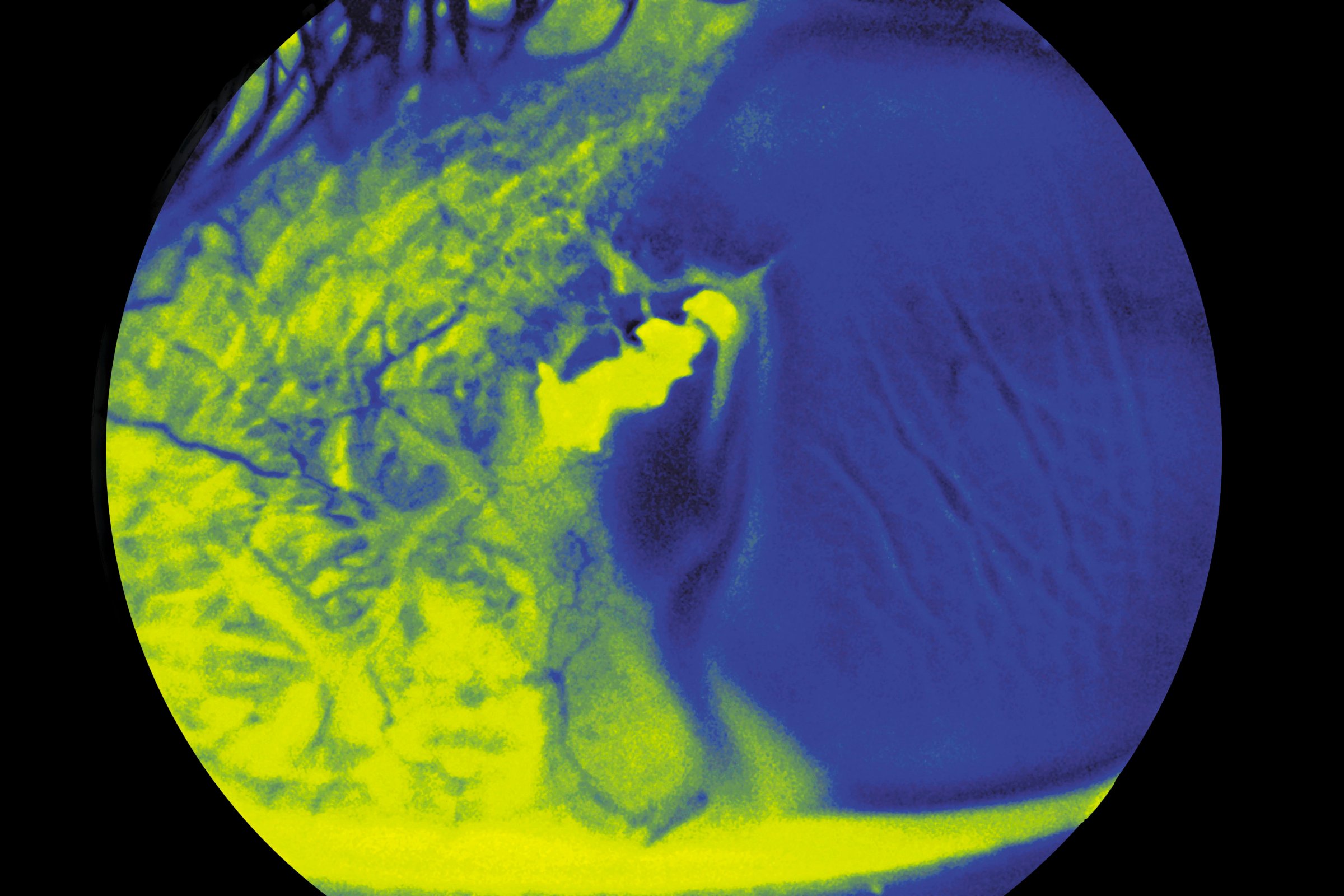
Scientists may have discovered a way to regrow human corneas by implanting stem cells into mice, providing hope to those with degenerative eye diseases and victims of chemical or thermal burns.
The degradation of limbal stem cells — cells that help repair corneal tissue — is the most common cause of blindness. According to the study released in the journal Nature, researchers used antibodies to target a molecule called ABCB5, which had never been found on limbal stem cells until now.
Scientists used the tracing molecule to detect the elusive limbal stem cells deep inside the limbus, which is an area between the white portion of the eye and the cornea. Researchers then successfully transplanted the limbal stem cells from deceased donors into mice to create fully formed human corneas.
“The mouse model allowed us for the first time to understand the role of ABCB5 in normal development, and should be very important to the stem cell field in general,” said Dr. Natasha Frank, of the VA Boston Healthcare System and Brigham and Women’s Hospital.
Although the study has rather broad implications, co-lead author Dr. Bruce Ksander, of Massachusetts Eye and Ear Infirmary, admitted that it didn’t guarantee sight for all blind patients. “Limbal stem cells are very rare, and successful transplants are dependent on these rare cells,” he said.
More Must-Reads From TIME
- The 100 Most Influential People of 2024
- Coco Gauff Is Playing for Herself Now
- Scenes From Pro-Palestinian Encampments Across U.S. Universities
- 6 Compliments That Land Every Time
- If You're Dating Right Now , You're Brave: Column
- The AI That Could Heal a Divided Internet
- Fallout Is a Brilliant Model for the Future of Video Game Adaptations
- Want Weekly Recs on What to Watch, Read, and More? Sign Up for Worth Your Time
Contact us at letters@time.com